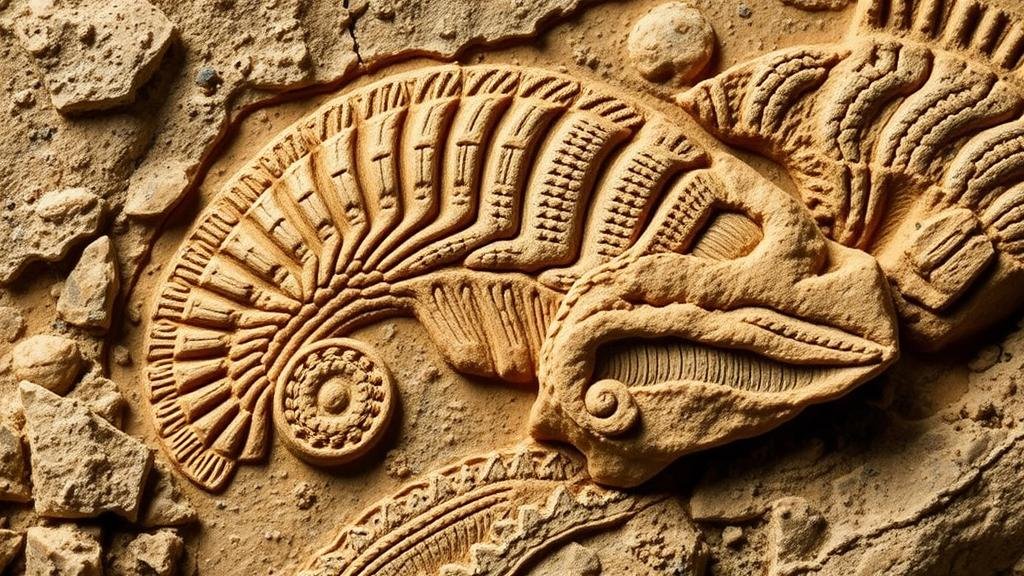The Role of State Geological Bulletins in Fossil Hunting
The Role of State Geological Bulletins in Fossil Hunting
State geological bulletins serve as invaluable resources for fossil hunting by providing detailed information about geology, paleontology, and the stratigraphic record of specific regions. These documents, published by state geological surveys, outline the distribution of geological formations and associated fossil deposits, thereby enabling both amateur and professional paleontologists to plan excavation efforts systematically. This article delves into the significance of these bulletins, illustrating their contributions to fossil hunting through historical examples and statistical analysis.
The Importance of Geological Surveys
Geological surveys are foundational entities that conduct systematic studies of geological formations across the state. For example, the United States Geological Survey (USGS) outlines key geological characteristics that lead directly to the discovery of fossils. Each state’s geological survey publishes bulletins that provide critical data on:
- Rock formations and their ages
- Fossil assemblages found within these formations
- Sites of significant paleontological interest
These documents not only describe the types of rocks and minerals found but also include maps detailing the locations where specific fossils can be found. The Illinois State Geological Survey, for example, has published numerous bulletins that detail important fossil sites, such as the Green River Shale, which is renowned for its well-preserved fossils dating back to the Eocene epoch.
Geological bulletins aid in the identification and classification of fossils by providing contextual information on the environment in which fossils were deposited. For example, the Geology of New Jersey bulletin discusses the various formations present in the state, including the Kirkwood Formation, which is known for its rich fossil content, including marine fossils from the Cretaceous period. This information is critical for understanding the paleoecological context, thereby informing fossil hunters about what to expect and look for during their excursions.
State geological bulletins are not just static documents; they often support ongoing research in paleontology. By disseminating findings from recent geological surveys and fossil discoveries, these bulletins provide a platform for researchers to share their discoveries with a broader audience. An example is the California Geological Survey, which publishes annual updates detailing fossil findings and geological research that support both amateur and academic fossil hunting.
- The California Geological Survey documented over 200 new species of fossils in 2022 alone.
- Reports indicate that approximately 65% of fossil hunters rely on geological bulletins for their expeditions.
Case Studies: Success Stories in Fossil Hunting
Several notable fossil hunting successes are directly attributable to the use of state geological bulletins. A significant example occurred in 1993 when paleontologists utilized the Wyoming State Geological Survey bulletin to locate and excavate a nearly complete skeleton of a dinosaur in the Hell Creek Formation, a site well-documented in these bulletins. This particular find contributed to our understanding of the transitional forms leading to modern birds.
In another case, the Florida Geological Survey bulletins revealed extensive information on phosphorite deposits that are known for containing diverse marine fossils. Fossil hunters using these publications were able to locate sites yielding specimens dating back to the Miocene epoch.
Challenges and Limitations
Despite the many advantages, geological bulletins may present challenges for fossil hunters. Firstly, not all geological formations are covered in equal detail, leading to gaps in available information. Some regions may have less robust data, which might hinder exploratory efforts. Also, the accessibility of some sites may be restricted by private landownership, necessitating permissions that could complicate fossil hunting ventures.
Actionable Takeaways
To maximize the effectiveness of state geological bulletins in fossil hunting, the following practices are recommended:
- Study geological bulletins prior to planning an excavation site to understand the formations and possible fossils.
- Collaborate with local geological surveys to access real-time data and updates on fossil findings.
- Join paleontological societies that often host guided trips based on geological findings documented in bulletins.
To wrap up, state geological bulletins play a crucial role in the practice of fossil hunting. By offering detailed geological and paleontological information, these documents empower fossil hunters to make informed decisions, ultimately enhancing both academic research and recreational pursuits in the field of paleontology.



